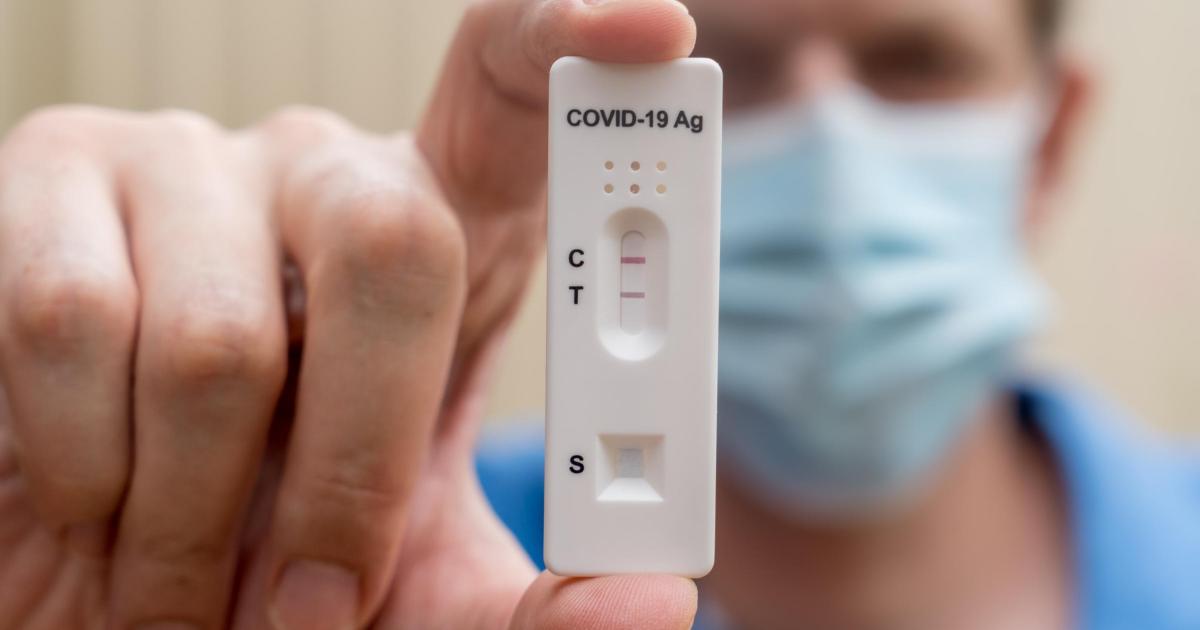UK NEWS – A new Covid-19 strain, dubbed XEC, has recently emerged in the UK, causing concern as infection rates rise. According to the UK Health Security Agency (UKHSA), this new strain is a recombinant of the KS.1.1 and KP.3.3 variants. The latest data shows that the number of hospital admissions for patients testing positive for XEC has climbed to 4.5 per 100,000 people as of October 6, up from 3.7 just a week prior. Experts believe that XEC is more transmissible than previous strains due to its mutations, leading to an increase in both infections and hospitalizations.
One of the distinguishing features of the XEC strain is its high transmissibility. Health authorities have reported that the strain spreads rapidly, similar to previous variants like Delta and Omicron. However, while the variant may be easier to catch, its symptoms remain fairly consistent with those of other Covid variants. Common signs of infection include extreme tiredness, headaches, a sore throat, high fever, and body aches. These symptoms closely mimic flu and cold-like illnesses, making it difficult to distinguish between Covid XEC and other respiratory infections without testing.
Despite the surge in cases, self-isolation is no longer a legal requirement in the UK, as restrictions have relaxed significantly since the early stages of the pandemic. However, the NHS continues to recommend that anyone who tests positive for Covid should avoid contact with others for at least five days. More importantly, those testing positive should stay away from vulnerable individuals, such as the elderly or those with compromised immune systems, for at least 10 days to prevent serious complications. While the new strain is not currently causing overwhelming pressure on hospitals, precautions remain essential to controlling its spread.
The symptoms of the XEC strain bear striking similarities to earlier variants. People infected with XEC may experience a high temperature, persistent cough, sore throat, and general fatigue. In some cases, body aches and headaches may also develop, further adding to the discomfort. Though these symptoms mirror those of common respiratory infections, XEC’s mutations may result in more rapid transmission, increasing the potential for community spread, particularly as flu season approaches.
In response to the rise in XEC cases, the NHS has ramped up efforts to deliver booster vaccines, especially targeting vulnerable groups. The autumn Covid booster campaign, which began in October, is now being offered to specific populations, including those aged over 65, individuals with pre-existing health conditions, pregnant women, and residents of care homes. Frontline NHS workers and social care staff are also eligible for booster shots to minimize their risk of infection. These vaccinations are seen as a crucial tool in mitigating the impact of XEC and other variants during the colder months when respiratory illnesses tend to surge.
For those who qualify for a Covid booster, the NHS has made it easier than ever to get vaccinated. Individuals can schedule appointments through the NHS App, visit participating pharmacies or drop-in clinics, or simply call the 119 service. The window for receiving the booster extends from October 3 to December 20, providing ample time for eligible individuals to strengthen their immunity before the peak of the winter season. Vaccination remains one of the most effective defenses against severe Covid outcomes, especially for those most at risk of complications.
As the world continues to adapt to the evolving Covid landscape, the XEC strain serves as a reminder that the virus is still very much a threat. While the UK has moved beyond strict lockdowns and mandates, health experts emphasize the importance of vaccination, personal responsibility, and precautionary measures to keep the spread of this new variant in check. With flu season on the horizon, staying vigilant about symptoms and taking proactive steps to protect oneself and others is essential in managing this next phase of the pandemic.






